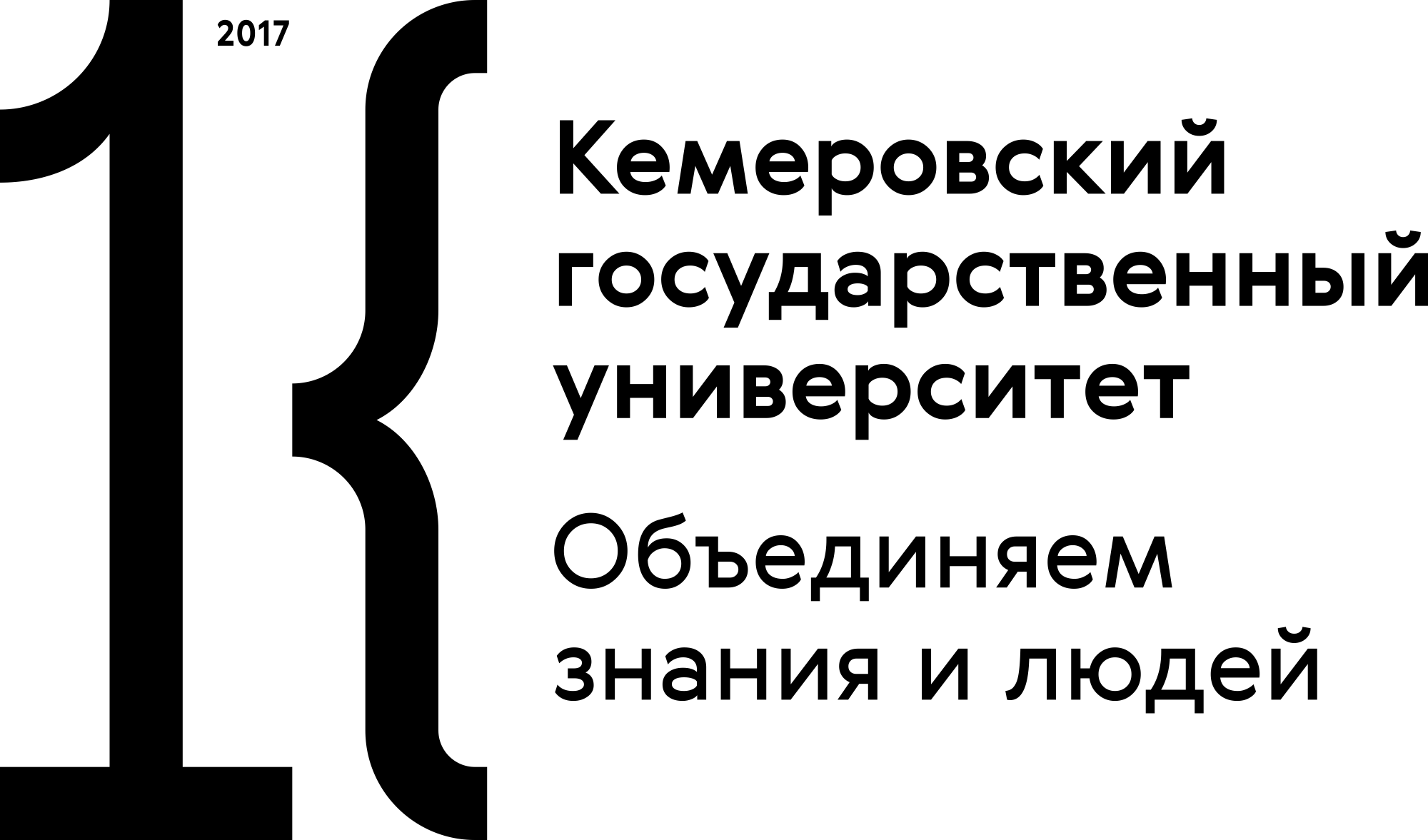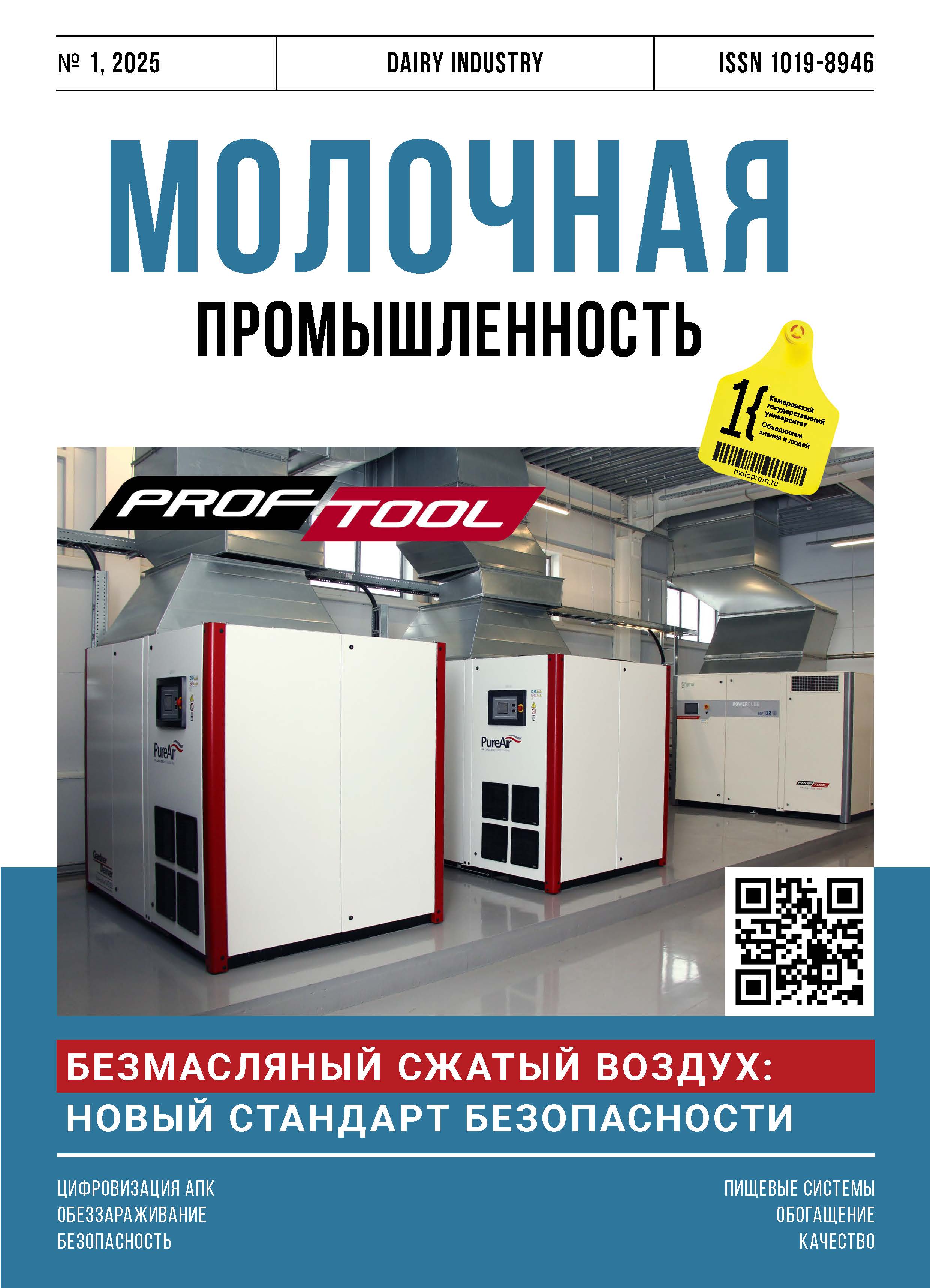Kemerovo, Russian Federation
Kemerovo, Kemerovo, Russian Federation
Kemerovo, Kemerovo, Russian Federation
By extracting bioactive compounds from plant materials, scientists study their chemical composition, biological activity, and potential applications. Plant extracts can be used in functional foods and as additives that improve the quality and safety of products. New extraction methods offer sustainable and efficient technologies. This research featured maceration, ultrasonic extraction, microwave extraction, solvent extraction under pressure, and supercritical fluid extraction, as well as their advantages and disadvantages. The method of supercritical CO2 extraction made it possible to obtain target components from amaranth seeds. The input variables included the degree of fractionation and operating pressure while the temperature was a constant parameter. The degree of fractionation proved to be the key factor for the yield: the lower the fractionation, the higher the extract yield. A higher pressure increased the yield in the case of low particle dispersion. At 300 atm, the extract yield was lower for fractions of 0.31–0.56 and 0.16–0.31 mm than at 200 atm. The total extract yield ranged from 10.00 ± 0.20 to 18.20 ± 0.20% at 100 atm, from 10.54 ± 0.20 to 19.45 ± 0.20% at 200 atm, and from 11.64 ± 0.20 to 16.31 ± 0.20% at 300 atm. The amaranth extract demonstrated good prospects as an additive to vegetable oils, spreads, and cheeses.
extraction, supercritical fluid extraction, amaranth, Amaranthus, extract yield, extraction parameters, biologically active substances
1. Kosheleva, A. I. Razrabotka obogaschennyh hlebobulochnyh izdeliy s ispol'zovaniem biotransformacii beloksoderzhaschih rastitel'nyh dobavok v zakvaskah / A. I. Kosheleva, T. G. Bogatyreva, I. G. Belyavskaya // FOOD METAENGINEERING. 2023. T. 1, № 2. S. 21–40. https://doi.org/10.37442/fme.2023.2.19; https://elibrary.ru/hyqkfh
2. Strizhko, M. N. Antinutrienty v rastitel'nyh napitkah na zernovom syr'e: obzor predmetnogo polya / M. N. Strizhko // FOOD METAENGINEERING. 2023. T 1, № 1. S. 63–88. https://doi.org/10.37442/fme.2023.1.3; https://elibrary.ru/zzhzjs
3. Nuutinen, T. Medicinal properties of terpenes found in Cannabis sativa and Humulus lupulus / T. Nuutinen // European Journal of Medicinal Chemistry. 2018. Vol. 157(5). P. 198–228. https://doi.org/10.1016/j.ejmech.2018.07.076
4. Agati, G. Flavonoids as antioxidants in plants: Location and functional significance / G. Agati [et al.] // Plant Science. 2012. Vol. 196. P. 67–76. https://doi.org/10.1016/j.plantsci.2012.07.014
5. Debnath, B. Role of plant alkaloids on human health: A review of biological activities / B. Debnath [et al.] // Materials Today Chemistry. 2018. Vol. 9. P. 56–72. https://doi.org/10.1016/j.mtchem.2018.05.001
6. Pawliszyn, J. Theory of extraction / J. Pawliszyn // Handbook of Sample Preparation. 2010. P. 1–24. https://doi.org/10.1002/9780813823621.ch1
7. Kozlova, O. V. Metody ekstrakcii immunomodulyatorov rastitel'nogo proishozhdeniya / O. V. Kozlova, N. S. Velichkovich, E. R. Fashutdinova [i dr.] // Tehnika i tehnologiya pischevyh proizvodstv. 2023. T. 53, № 4. S. 680–688. https://doi.org/10.21603/2074-9414-2023-4-2468; https://elibrary.ru/ewlvjd
8. Kriger, O. V. Vliyanie sposoba polucheniya ekstraktov cvetkov barhatcev rasprostertyh (Tagetes patula L.) na soderzhanie biologicheski aktivnyh veschestv i antimikrobnuyu aktivnost' / O. V. Kriger, E. I. Shepel' // FOOD METAENGINEERING. 2024. T. 2, № 2. S. 22–34. https://doi.org/10.37442/fme.2024.2.49; https://elibrary.ru/kbgqwi
9. Marillán, C. Extraction of bioactive compounds from Leptocarpha rivularis stems by three-stage sequential supercritical extraction in fixed bed extractor using CO2 and ethanol-modified CO2 / C. Marillán, E. Uquiche // The Journal of Supercritical Fluids. 2023. Vol. 197. 105903. https://doi.org/10.1016/j.supflu.2023.105903
10. Turmanidze, G. N. Sovershenstvovanie tehnologiy vydeleniya i ochistki biologicheski aktivnyh veschestv iz rastitel'nogo syr'ya / G. N. Turmanidze, V. V. Sorokin, K. S. Stepanov, M. A. Ignatenko // Razrabotka i registraciya lekarstvennyh sredstv. 2023. T. 12, № 4. S. 71–79. https://doi.org/10.33380/2305-2066-2023-12-4-1585; https://elibrary.ru/hrbgfu
11. Musifulina, V. M. Sravnitel'naya harakteristika metodov ekstragirovaniya rastitel'nogo syr'ya / V. M. Musifulina, M. M. Omarov // Vestnik Innovacionnogo Evraziyskogo universiteta. 2021. № 4(84). S. 107–112. https://doi.org/10.37788/2021-4/107-112; https://elibrary.ru/fddrxh
12. Sidorova Yu. S. Innovacionnye metody ekstrakcii biologicheski aktivnyh veschestv iz rastitel'nogo syr'ya / Yu. S. Sidorova, N. A. Petrov, S. N. Zorin, V. K. Mazo // Voprosy pitaniya. 2023. T. 92, № 6(550). S. 28–37. https://doi.org/10.33029/0042-8833-2023-92-6-28-37; https://elibrary.ru/tflcxr
13. Minakov, D. V. Ekstrakciya biologicheski aktivnyh soedineniy Cordyceps militaris v usloviyah ul'trazvukovogo vozdeystviya / D. V. Minakov, E. S. Savrasov, N. G. Bazarnova [i dr.] // Himiya rastitel'nogo syr'ya. 2024. № 2. S. 355–364. https://doi.org/10.14258/jcprm.20240214209; https://elibrary.ru/vggkwr
14. Putra, N. R. Waste to Wealth of Apple Pomace Valorization by Past and Current Extraction Processes: A Review / N. R. Putra [et al.] // Sustainability. 2023. Vol. 15(1). 830. https://doi.org/10.3390/su15010830
15. Putra, N. R. Exploring the potential of Ulva Lactuca: Emerging extraction methods, bioactive compounds, and health applications – A perspective review / N. R. Putra [et al.] // South African Journal of Chemical Engineering. 2024. Vol. 47. P. 233–245. https://doi.org/10.1016/j.sajce.2023.11.017
16. Casazza, A. A. Polyphenols from apple skins: A study on microwave-assisted extraction optimization and exhausted solid characterization / A. A. Casazza [et al.] // Separation and Purification Technology. 2020. Vol. 240. 116640. https://doi.org/10.1016/j.seppur.2020.116640
17. Das, M. Influence of extraction parameters and stability of betacyanins extracted from red amaranth during storage / M. Das [et al.] // Journal of Food Science and Technology. 2019. Vol. 56. P. 643–653. https://doi.org/10.1007/s13197-018-3519-x
18. Shariful, I. Extraction of organic pigments from tomato (Solanum lycopersicum L.), turmeric (Curcuma longa L.) and red amaranth (Amaranthus tricolor L.) for safe use in agro-products / I. Shariful [et al.] // Heliyon. 2024. Vol. 10(3). e25278. https://doi.org/10.1016/j.heliyon.2024.e25278
19. Sarker, U. Phytonutrients, Colorant Pigments, Phytochemicals, and Antioxidant Potential of Orphan Leafy Amaranthus Species / U. Sarker [et al.] // Molecules. 2022. Vol. 27(9). 2899. https://doi.org/10.3390/molecules27092899
20. Araujo-León, J. A. HPLC-Based Metabolomic Analysis and Characterization of Amaranthus cruentus Leaf and Inflorescence Extracts for Their Antidiabetic and Antihypertensive Potential / J. A. Araujo-León [et al.] // Molecules. 2024. Vol. 29(9). 2003. https://doi.org/10.3390/molecules29092003
21. Li, H. Characterization of phenolics, betacyanins and antioxidant activities of the seed, leaf, sprout, flower and stalk extracts of three Amaranthus species / H. Li [et al.] // Journal of Food Composition and Analysis. 2015. Vol. 37. P. 75–81. https://doi.org/10.1016/j.jfca.2014.09.003
22. Nana, F. W. Phytochemical Composition, Antioxidant and Xanthine Oxidase Inhibitory Activities of Amaranthus cruentus L. and Amaranthus hybridus L. Extracts / F. W. Nana [et al.] // Pharmaceuticals. 2012. Vol. 5. P. 613–628. https://doi.org/10.3390/ph5060613
23. Sanoev A. I. Vliyanie usloviy sverhkriticheskoy uglekislotnoy ekstrakcii zhmyha amaranta na vyhod ekstrakta i soderzhanie v nem skvalena / A. I. Sanoev, Sh. K. Hidoyatova, N. I. Mukarramov [i dr.] // Himiya rastitel'nogo syr'ya. 2020. № 2. S. 315–322. https://doi.org/10.14258/jcprm.2020026257; https://elibrary.ru/zvmmsf







